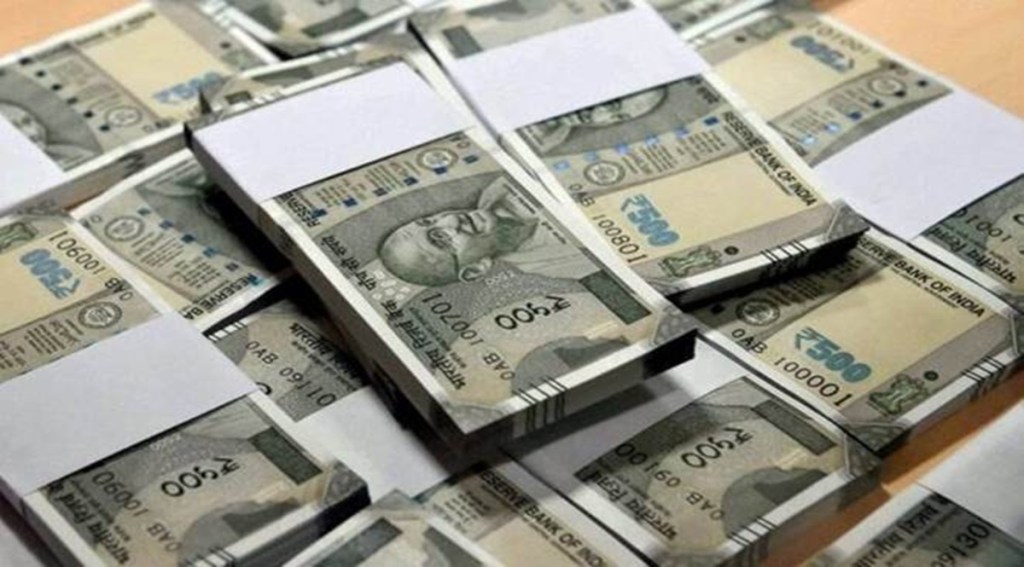In his speech after the state election results on Thursday, PM Narendra Modi attributed the victory of his party in four states to “the people’s stamp of strong approval for the Bharatiya Janata Party’s pro-poor and proactive governance model”, and said he wasn’t going to rest until the poor got all their rights. Modi is bang on, as welfarism as a governance model is necessary for a country like India where a majority of the population needs support from the government of the day. A record of efficient welfare delivery has indeed worked well for both the BJP as well as the Aam Aadmi Party (in Punjab) and played a critical role in their stunning electoral victories.
The question is where to draw the line. The incoming governments in the five states as also others must ensure that targeted welfare delivery continues, or promises of this redeemed, without succumbing to dangerous populism. Both Uttar Pradesh and Punjab’s debt-GSDP ratios trend above the NK Singh-panel recommended 20%, with Punjab, at 53.3%, posting the worst among all major states. Against a revenue receipt target of Rs 4.2 trillion for FY22, UP had realised Rs 2.5 trillion by January 2022, while revenue expenditure was already at Rs 2.6 trillion, CAG data shows.
Punjab was in a similar position, with Rs 58,000 crore realised by January 2022, against the targeted receipts of Rs 95,260 crore for the current fiscal, and expenditure of over Rs 67,000 crore. Indeed, its revenue realisation was 3 bps lower than that realised in the corresponding period last fiscal. Given how the bulk of the revenue expenditure in both states is budgeted for overheads such as salaries/wages, pensions, interest payments, among others, the space for welfare spending is limited.
Swelling freewheeling subsidies on agricultural power usage in Punjab and consumer electricity in UP worsen the problem. While UP’s subsidy bill was a lower proportion of its overall revenue expenditure compared to Punjab’s, 86% of its subsidy budget for the fiscal had been exhausted by January 2022, with a full quarter remaining. Over 50% of UP’s budgeted subsidy spending, of course, was for power consumers.
In Punjab, the budgeted subsidy for free power to farmers in the current fiscal is a whopping 80% of the subsidy spending incurred so far. There doesn’t seem to be enough attention on capital expenditure, which makes for robust, long-term investment in development. In UP, social-sector capex done till January 2022 was a mere 32% of what had been targeted for the fiscal; Punjab had realised just 33%.
Against such a backdrop, Yogi Adityanath must neither yield to nor set populist expectations. Instead, he must focus on targeted welfare spending and subsidy reforms, particularly in power, if UP’s poor are to receive more state support. The mandate for the AAP in Punjab is as much about popular discontent with other parties as it is about its acclaimed Delhi model. While focus on education and healthcare delivery is a must, AAP needs to be careful about expanding the cover of highly subsidised power, a hallmark of its Delhi model. On the contrary, it needs to tackle the addiction to free agricultural power that has wreaked havoc with the state’s water table along with MSP-led, open-ended public procurement of grains. The AAP had also promised a monthly honorarium of Rs 1,000 to all women above 18 years in Punjab if it won— it would be a good time now to reflect on the costs of this to the exchequer and tweak it for less wasteful targeting. Competitive populism should not be the way forward.

